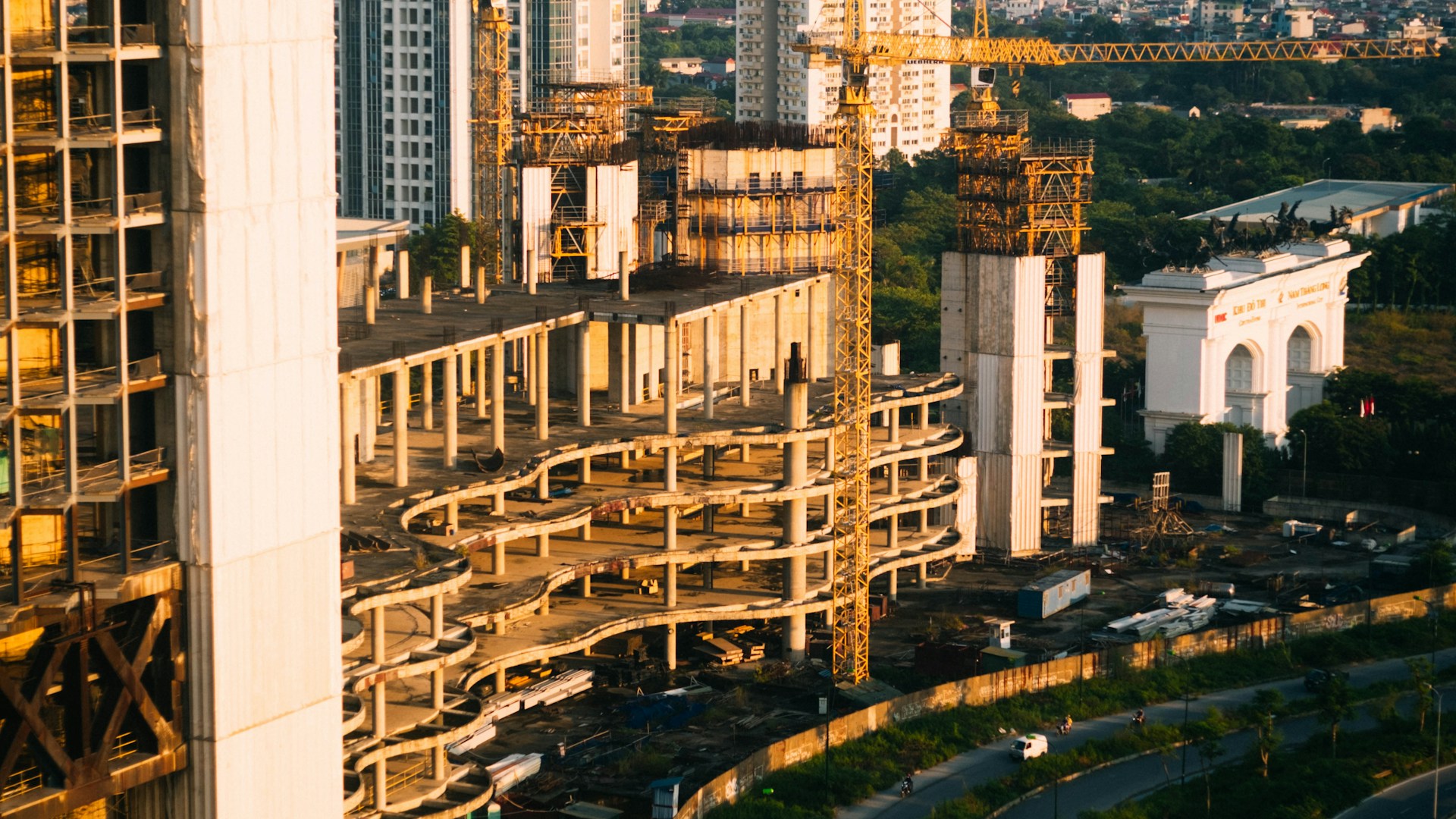

Question: How Does Gentrification Affect the Environment?
Answer: Gentrification affects the environment by increasing urban development, which can lead to reduced green spaces, higher pollution levels, and greater energy consumption, but it can also promote sustainable practices and improved infrastructure.
Gentrification’s Impact on the Environment
Gentrification, the influx of wealthier residents into lower-income neighbourhoods, has a complex relationship with the environment. While it can lead to investment in green spaces and sustainable infrastructure, it can also displace residents who rely on existing community resources and contribute to increased environmental burdens. This article explores the environmental consequences of gentrification, examining both its potential benefits and drawbacks. [ 1 ]
Green Amenities: A Potential for Environmental Improvement
One of the potential environmental benefits of gentrification is the increased investment in green spaces and sustainable infrastructure. New residents who value walkable communities and access to nature might push for the development of parks, bike lanes, and public transit options.
These improvements can encourage a shift towards more sustainable modes of transportation, reducing reliance on cars and their associated greenhouse gas emissions. Green spaces can provide habitat for wildlife, improve air quality, and offer opportunities for recreation and physical activity for residents.
However, it’s important to ensure that these green spaces are accessible to all residents, not just newcomers. Gentrification can sometimes lead to the privatization of public spaces, making them less accessible to low-income residents who rely on them for recreation and relaxation.
Click here for more information about how much your house is worth
Please visit this page to learn more about the gentrification definition
Related Article: What are the Pros and Cons of Gentrification?
Related Article: How Does Gentrification Lead to Poverty?
Energy Efficiency: Renovations and Retrofits
Gentrification can also lead to improvements in the energy efficiency of buildings. Wealthier residents might be more likely to invest in renovations that improve insulation, upgrade appliances, and install energy-saving features.
These upgrades can lead to a reduction in overall energy consumption, benefiting both the environment and residents’ wallets through lower utility bills. The displacement of low-income residents who might live in older, less energy-efficient buildings can negate some of these environmental gains.
Gentrification can sometimes lead to the demolition of older buildings and their replacement with new construction. The embodied energy – the energy used to construct and transport building materials – associated with demolition and new construction can offset the environmental benefits of energy-efficient features in new buildings.
Waste Management: Changing Consumption Patterns
The arrival of wealthier residents with different consumption habits can also impact the environment. New businesses catering to these residents might generate more waste, particularly packaging waste associated with a higher volume of consumer goods.
Additionally, residents with higher incomes might be more likely to own multiple cars, leading to increased waste from vehicle maintenance and disposal. It’s important to consider how gentrification might influence waste management practices in the neighbourhood.
Encouraging residents to embrace sustainable consumption habits, such as buying local produce or repairing instead of replacing items, can help mitigate the environmental impact of gentrification in this area.
Displacement and Resource Use: The Ripple Effect
The displacement of residents caused by gentrification can also have negative environmental consequences. Residents who are forced to move to further-flung neighbourhoods might have longer commutes, leading to increased reliance on cars and higher transportation emissions.
Displaced residents might end up living in older, less energy-efficient housing, increasing overall energy consumption. The loss of community gardens or local shops that sell fresh produce can also make it more difficult for residents to access sustainable food options.
These ripple effects highlight the importance of considering the broader environmental consequences of gentrification, not just the localized changes within the gentrifying neighbourhood itself.
Policy and Planning: Shaping a Sustainable Future
To ensure that gentrification contributes to a more sustainable future, effective policies and planning practices are crucial. Measures such as strong rent control and inclusionary zoning can help prevent displacement and ensure that all residents benefit from neighbourhood improvements.
Investing in public transit infrastructure and promoting active transportation options, such as cycling and walking, can reduce reliance on cars and associated emissions. Encouraging sustainable waste management practices and supporting local businesses that prioritize environmentally friendly products can further mitigate the negative environmental impacts of gentrification.
By fostering community engagement and incorporating environmental considerations into planning processes, gentrification can be steered towards a more sustainable path that benefits both the environment and the residents who call the neighbourhood home.
Click the link to find more information about Jennifer Jewell
Conclusion: How Does Gentrification Affect the Environment?
Gentrification’s impact on the environment is multifaceted. While it can lead to positive changes like investment in green spaces and energy-efficient buildings, it can also displace residents and contribute to increased environmental burdens. By acknowledging both the potential benefits and drawbacks, and implementing effective policies, communities can strive for a form of gentrification that promotes sustainability and environmental well-being for all residents.
References
1. https://critical-sustainabilities.ucsc.edu/environmental-gentrification/


